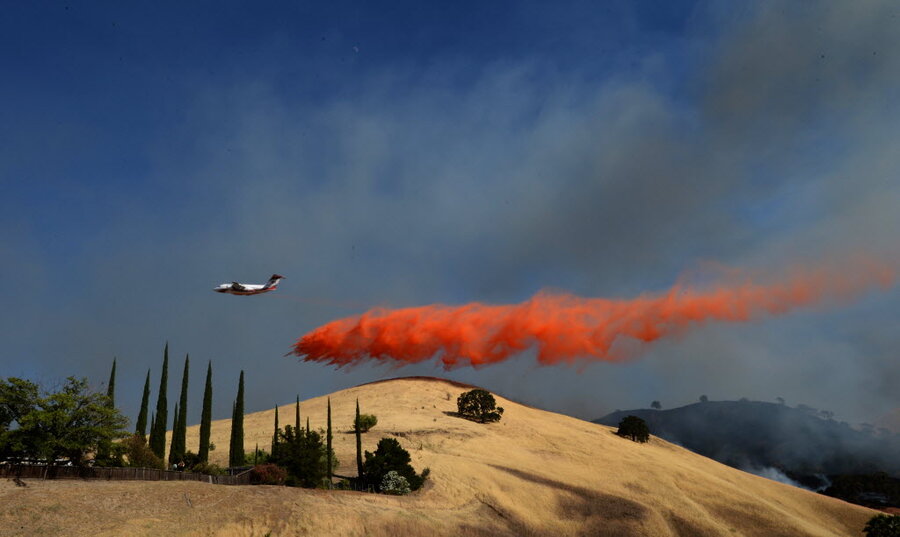Wildfires ravage American West: Which states have been affected?
Loading...
Wildfires have ravaged parts of Alaska, California, Idaho, and Oregon this week as firefighters struggled to extinguish the blazes.
In Southern California, a 10-day wildfire set timber and brush alight on the San Bernardino Mountains, endangering thousands of homes and other buildings as it moved northeast into the desert. By Friday the flames had seared over 46 square miles in the area east of Los Angeles. Some residents were ordered to leave their homes on Thursday.
Lightening also sparked a 26-square-mile wildfire south of Lake Tahoe in northern California. Campgrounds were evacuated, two highways closed, and around 200 residents evacuated their homes voluntarily.
A fast-moving blaze also burned more than 50 acres in Livermore, east of San Francisco, on Thursday. Several buildings were damaged, but the fire was quickly contained.
Around 300 fires were burning across almost 945 square miles in Alaska, with much of the activity in the state’s dry and hot interior. Earlier this week, residents in threatened communities evacuated their homes voluntarily.
In Idaho, officials said wildfires were ignited after a large bird is believed to have hit a power line and sparked them.
The largest of these fires was around 6 miles north of Emmett, Idaho. Several structures were threatened but no evacuations were expected, the Bureau of Land Management spokeswoman Carrie Bilbao told the Associated Press.
In Oregon, firefighters worked to keep a wildfire in a remote part of the state’s southwest contained within just over 8 square miles.
Droughts appear to be intensifying across much of the West of the United States. These historic droughts, the worst in some regions since the 1930s and 1950s, make it easier for wildfires to catch and spread.
Meanwhile, severe droughts have led to the imposition of unprecedented water conservation measures in California, the Monitor reported in March.
According to the National Drought Mitigation Center in Lincoln, Neb., almost the entire western part of the United States is currently affected by severe drought, while much of the Southwest is experiencing extreme drought.








